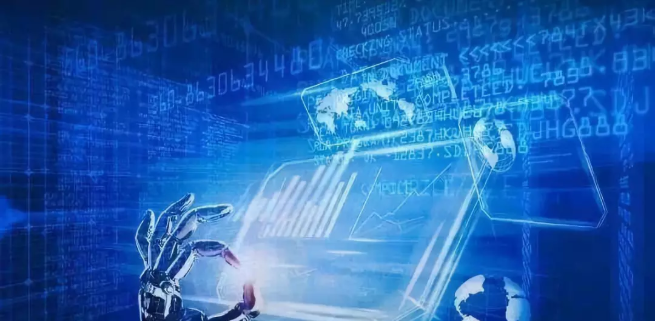The Difference Between the Internet of Things and the Internet
The Internet began in 1969 with the Arpanet in the United States. It is a form of network made between the network and the network. These networks are connected by a common set of protocols, forming a huge international network. Usually, internet refers to the Internet in general, and Internet refers to the Internet. This way of linking computer networks to each other is called "Internet interconnection". On this basis, a network covering the whole world is developed, which is called the Internet, which is a network structure that is linked to each other.

(1) Definition and limitations of the Internet. The Internet is the world's first computer communication network system. We use mobile phones and computers to surf the Internet, generally referring to the Internet. The Internet is a ubiquitous and invisible communication network that uses the IPv4 communication protocol. Mobile phones, computers and other devices have this protocol built-in. Generally, no other software needs to be installed, and the Internet can be accessed from the factory.
The bottom layer of the Internet is the root service. There are 1 parent root and 13 main roots (occupying the initials A-M) in the world, all of which are owned by the United States. The core function of the Internet root is to distribute IP addresses to the world and to enable addressing and domain name resolution to achieve cross-border, cross-language, and cross-system communication.
The Internet originally designed the website capacity with reference to the number of people on the earth, providing a maximum of 2^32 (about 4.3 billion) websites. However, in the past few decades, with the skyrocketing population of the earth and the popularization of smartphones, 4.3 billion websites have been unable to meet people's basic Internet needs, let alone the massive Internet of Things needs of the Internet of Everything.
(2) Internet upgrade and predicament In order to solve the problem of insufficient URLs, the Internet started an upgrade plan 15 years ago: the communication protocol was upgraded from IPv4 to IPv6; the URL length was mapped from 32 bits to 128 bits; the main root server was mapped from 13 to 25 ( Snowman Project); the computer supports IPv6 from the factory...
The new generation of Internet of Things has abandoned the underlying structure and defects of the Internet. The basic length of its URL is 256 bits (reserved to 1024 bits), of which 128 bits are used for compatibility with the Internet. In fact, 2^128 valid URLs are added, which can meet the future of the earth. 700 URL requirements. In the future space migration, enable the reserved URL. The new generation of Internet of Things adopts new technologies such as authentication before communication and address encryption, which can effectively solve the security structure defects of the Internet.
The new generation of Internet of Things is the real Internet of Things (Internet of Things for short). It can assign an exclusive static IP address to the charged object, which can be parsed and linked through the network; it can also give an exclusive Internet of Things Beacon (electronic label), which can be decoded and queried through the network. We can understand the Internet of Things code as a simple IP address, which corresponds to an information chain composed of a string of simple texts. For example, for an apple, consumers can scan its IoT code to display information chains related to the apple, such as planting, fertilization, picking, packaging, selling price, delivery, transportation, receipt, purchaser, and relevant dates.
